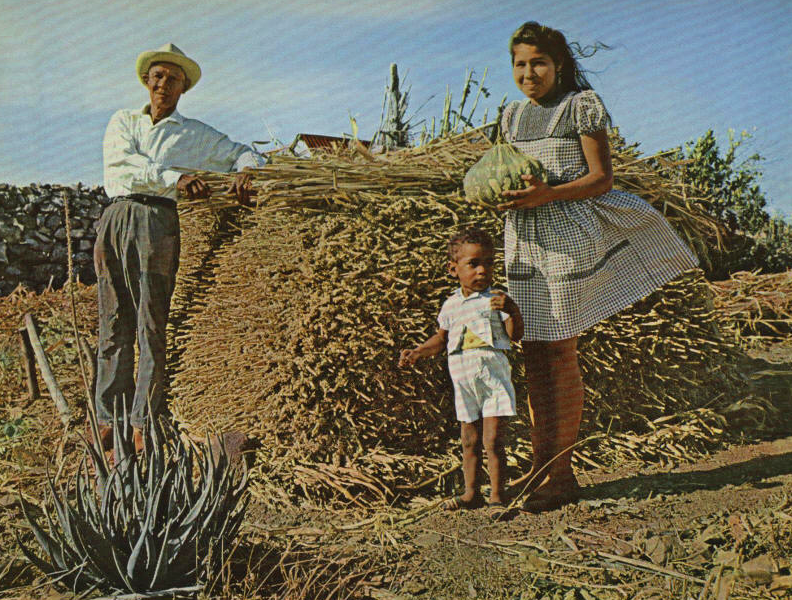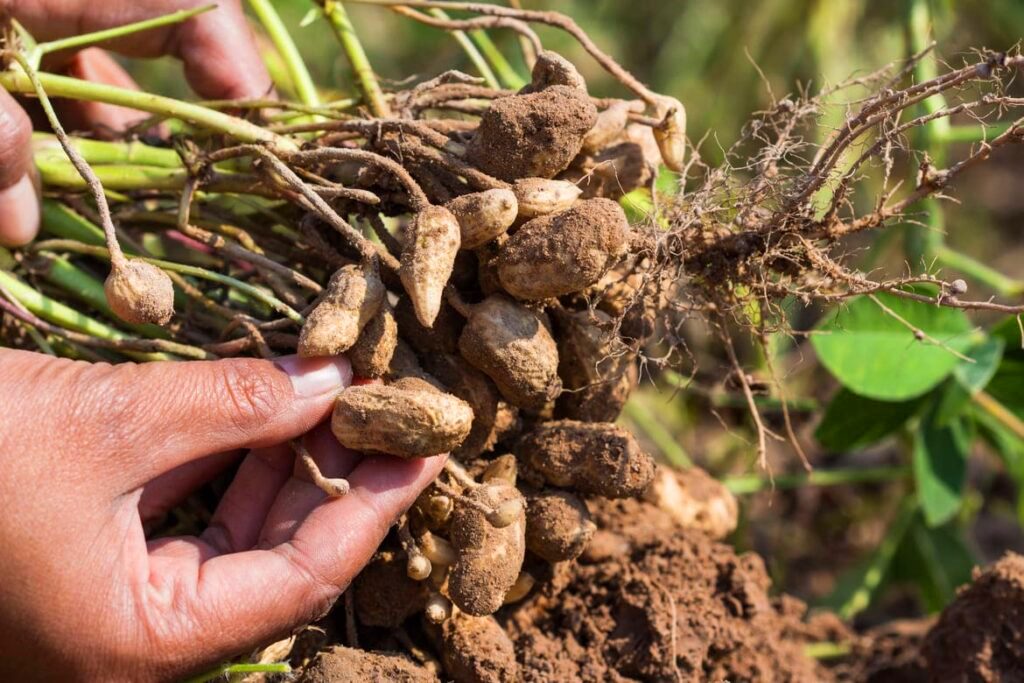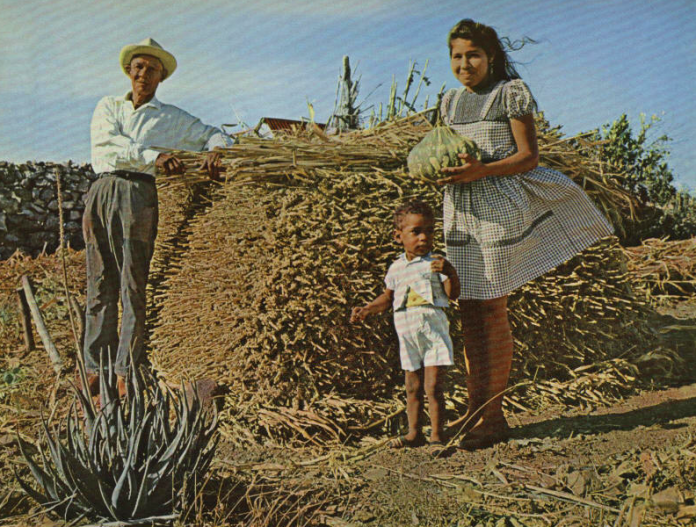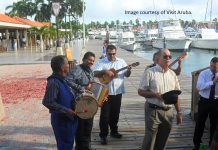Booking a magical glimpse inside Etnia Nativa
Article by Etnia Nativa call us 592 2702 and book your experience!
Etnia Nativa is a unique native gem where education is combined with entertainment, sharing interactive experiences with an exclusive few. An unparalleled private opportunity to tour a beautiful property made only with reused materials from the owner, an unrivaled columnist and cultural expert on the island, book your visit and dive deep into the navel of Aruba. From that educational perspective, in this new episode, it shares a little about Aruban agro history.
In times when our farmers tried certain crops without success, such as tobacco, cotton, and even cashew nuts, the cultivation of peanuts exported to Curaçao became an important industry favored by the soil and the natives’ knowledge, long positioning Aruba as “the island of peanuts.” This particular crop gave a privileged way of life, especially in Noord, near Cero Cristal, Hooiberg, and the Urataca area. During the 19th century, with the increase in population and periods of regular rainfall, the cultivation of sorghum also grew positively.

Sorghum, locally known as “maishi rabo,” is a relative of maize or Native American corn, a grass family that became very common as a cereal. In the vegetative state, some grasses, such as sugar cane or maize, resemble sorghum so much that an untrained eye may find it very difficult to distinguish among them. Adding to this confusion was the fact that in the English Caribbean, corn was called large milho and sorghum small milho, just like in Papiamento we call corn “maishi grandi,“ or big corn, and sorghum “maishi rabo,” or tail corn. However, they belong to widely different subspecies.
The cultivation of sorghum became traditional. It was a work that was carried out on two plots: a portion of rich clay soil and a scarce plot of sand. If the abundance of rain resulted in a poor harvest from the rich soil, the sandy soil compensated for this loss, and vice versa.
Different grades of imported sorghum were experimented with, such as Jerusalem corn, yellow mellow corn, etc. In the long run, a type of sorghum, originally from China, substituted the native Aruban maize in many “cunucos” since maize needed more rain and its care demanded more interventions. Sorghum, locally known as maishi rabo or “maishi di siete “(corn of seven), produced the best results. It is called seven for the seven weeks it took to harvest’ after it had been planted.
The priests were the distributors of the seeds. The crops were exposed to dangers such as drought, the seed dying as it could not develop due to a lack of rain, or being devoured by worms or ants. When the plant has reached a certain height, there is a possibility that, due to prolonged drought or excess humidity, there is a liquid inside. This pest, called “maba”, damages the plant. As this liquid arises from a long drought or too much humidity, it is washed from the plant by heavy rains, the sun, and the strong wind.
Growing methods were more advanced in Aruba than elsewhere, and in most cases, two crops could be obtained. In addition to corn, beans and squash were also grown, a very productive crop that was mainly attributed to Native American heritage and traditions. Both corn and bean crops were used for food, while peanut crops were used to buy clothes, shoes, and even pay debts.

The agricultural area, or cunucu, was divided into plots suitable for planting different species, thinking about which was the best area to plant corn. Meanwhile, the lowest lot takes good water and should be planted with peanuts; the corner was ready to receive the beans, etc. However, one should not have an overly optimistic view of Aruban agriculture. There were no real plantations, except for Fontein.
If you liked native stories and are interested in learning the true identity of Aruba, a visit to Etnia Nativa would be a fantastic choice. It has been a trend setter since 1994, as a co-founder of projects such as Arikok National Park, the Archaeological Museum, and the Artisan Foundation, among others. Every week, this newspaper continues to share its valuable knowledge. Don’t miss the opportunity to feel the island’s spirit through learning real stories that are not just remembered; they resonate, they’re felt, and they stir souls. Book your visit: Whats App +297 592 2702 etnianativa03@gmail.com
















